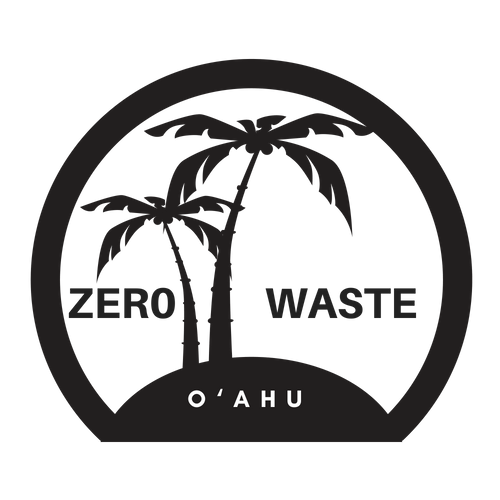How to Submit Testimony for the 2019 Integrated Honolulu Solid Waste Management Plan (ISWMP) Update
Due: August 27th, 2019 at 4pm via email to iswmphonolulu@jacobs.com
Step 1: Get Familiar With the plan
Get together and talk about the plan with friends! Itʻs more fun that way :).
Read the plan on the C&C of Honolulu Dept. of Environmental Services website. If you want to go really deep into the process, you can read through plan development meeting notes for the past year.
We have complied our thoughts on the plan and what we think needs to change. Feel free to use these as a reading and testimony guide.
If you cannot read through all 204 pages, we recommend:
Read the executive summary and Table of Contents. Then pick the sections you want to provide input on. You can also keyword search for terms you are interested in. For example, if you want to know about composting press crtl+F and then search for words like “compost”, “bioconversion”, or “organic”.
Split the sections up with friends!
We strongly recommend reading Chapters 1 (overview), 2 (waste generaiton), (3 (source reduction & reuse), 4 (recycling and bioconversion), and 7 (public education) to get a good idea of how much more we can do with this plan to achieve waste reduction and composting for Honolulu.
Step 2: Write your comments
Format: There is no specific format requested for the testimony document. It will be sent via email, so we recommend writing your comments in word document and attaching it to your email as a .doc or .pdf. Include your company logo or organization logo if you are writing as a representative of an entity.
Content:
You can reference our comments and opinions here. In general, we think the plan:
Is not strong enough on actionable ways to reduce waste (like waste reduction policies) and needs to commit to a full-time Education Specialist to focus on waste reduction.
A $1 fee should be applied to each visitor to subsidize the burden of dealing with visitor industry trash and allow Honolulu to pursue waste reduction.
Ignores composting as a great climate change and soil health solution and should fund mic-rogrid composting projects if the City is unwilling to provide public composting services.
Lifts up waste-to-energy (H-POWER) as a great solution without acknowledging it as a major source of GHG emissions and toxins, or that our current contract requires us to toss 800,000 tons of trash per year. H-POWER produces 2 times the greenhouse gas per MWH of energy as Kahe, Oʻahu’s largest oil based energy plant.
Needs to pursue local glass sanitation and re-bottling—shipping glass to be recycled is GHG intensive and reusing bottles prevents emissions from the recycling process.
Be specific and provide constructive critique! Really specific comments are helpful so the team writing the plan can consider inserting new language where it is relevant. So, if you want to see better composting, figure out what you are asking for.
For example, instead of saying “I want composting” or “Why doesn’t this document plan for a composting facility—ugghh!”, try….
“In Chapter 4, please detail how the county will work with the State Dept. of Health to support community groups in creating localized composting. How can the County work to fund community groups that are providing services in lieu of the County? Please include language acknowledge and plan for this.” or "EarthTub technology works really well for creating small scale composting in urban areas. Can this plan evaluate that technology in the appropriate section?”
Submit your Comments online by August 27th
All comments are due by 4pm HST on Tuesday, August 27th.
Submit your comment document via email to iswmphonolulu@jacobs.com.



